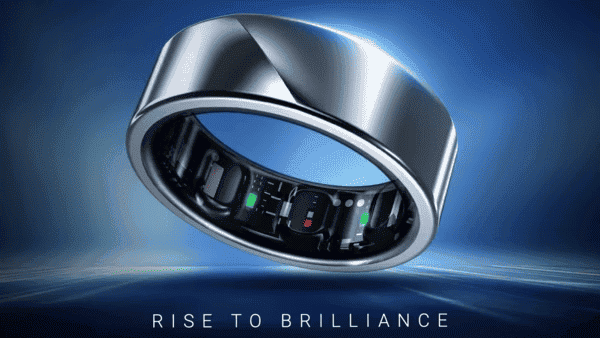Samsung has been a long-time investor in the wearables market, starting back in 2013 with the launch of the Samsung Galaxy Gear. Fast forward almost a decade, and the company has now introduced its latest offering, the Samsung Galaxy Watch6 series, featuring new features and enhancements over its predecessors. Expanding its presence in wearables, Samsung is preparing to produce a new product called the Samsung Galaxy Ring. Most smartphones such Asus ZenFone 10 smartphone which was reviewed here will be compactable with Samsung Galaxy Rings.
Having completed the development process, Samsung is set to commence production for the Galaxy Ring next month. The necessary hardware has been secured, and the decision on mass production is pending. After testing a prototype, a preliminary development review will be presented to Samsung’s mobile chief, TM Roh, in the following month. If approved, product development will begin in August.
The Smart Rings Market is projected to witness substantial revenue growth by 2032, driven by the rising adoption of tablets, smartphones, and smart appliances. With the increasing use of smart devices, the demand for smart rings is expected to rise significantly.
The Uses of the Samsung Smart Rings
Samsung’s smart rings serve various purposes, including facilitating seamless contactless transactions and monitoring daily health activities such as heart rate and sleep patterns. The demand for contactless payment solutions has surged due to the impact of the pandemic, and economies like India are moving towards cashless transactions, creating opportunities for industry growth.
In terms of operating systems, the smart rings market is anticipated to witness significant growth from the Android segment, fueled by the growing number of active Android users worldwide. Additionally, the Bluetooth segment in the smart rings industry is expected to register considerable revenue by 2032. Bluetooth-enabled smart rings have gained popularity due to their easy integration with smartphones and the convenience of manual setup for device pairing, making them an attractive choice over near-field communication technology.
